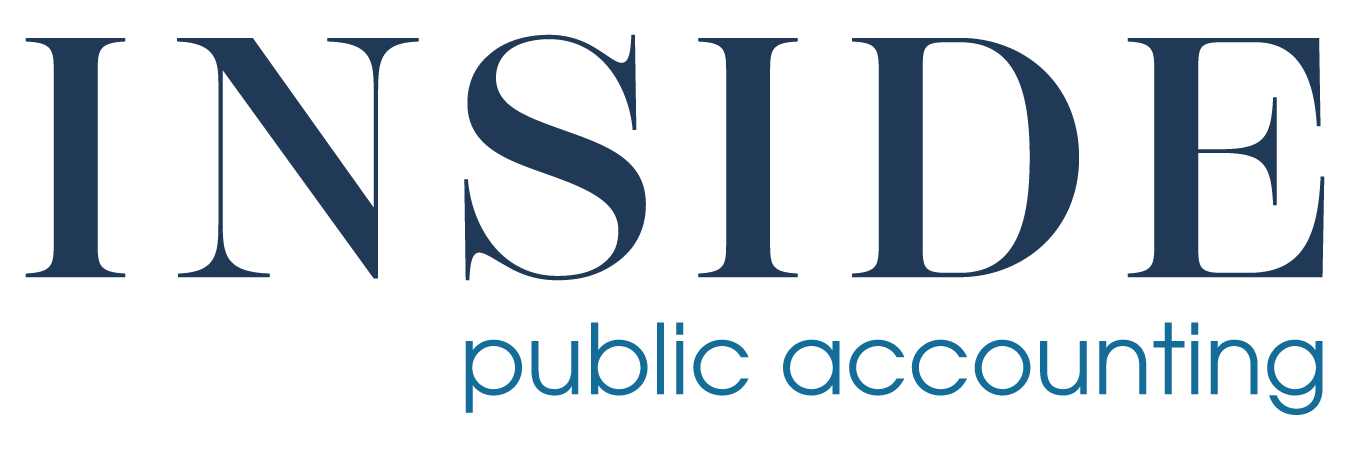Want more great content like this? Subscribe to the IPA Monthly.
It’s hard to engage in any conversation or find any story about the state of the profession that doesn’t touch on staffing issues these days. In a 2021 IPA Pulse Survey during the pandemic about the ongoing war for talent, 57% of firm leaders said they have experienced turnover at a higher rate than usual among their professional staff – a number that jumps to as high as 90% among the larger firms.
Elsewhere in that same survey, respondents were asked how they were responding to this growing issue. In addition to offering bigger raises and greater flexibility, 20% of survey participants said they were rolling out improved benefits packages – a strategy that might appeal to both employees looking for something more than a pay bump and firms that might not have the financial muscle to match the salaries being proffered beyond their doors.
But what might those enhanced benefit offerings include? Here are a few ideas that go beyond the typical 401(k) matches and dental plans from firms that participated in the 2021 IPA Human Resources Survey, plus a couple of Big 4 firms.
New Standards: Some benefits that once likely stood out as differentiators have become almost standard offerings in 2021. For example, while they remain very attractive perks that not everyone has, data from the IPA Human Resources Survey shows that at least half the participating firms now offer partner sabbaticals and some level of paid paternity leave. What will be the next “unique” benefit to gain more widespread acceptance? Keep an eye on different takes on the concept of “unlimited PTO,” as more and more firms try to combat burnout among their staffs.
A Helping Paw for Fido: For many staffers, a beloved dog or cat is as much a family member as a child. And because nobody wants to have to make a life-or-death medical decision for a pet based on financial considerations, more and more IPA firms – ranging in size from $10 million to nearly $70 million – are now including subsidized pet insurance in their benefits packages.
Peace of Mind: Mental health in the workplace was being discussed in companies of all shapes and sizes long before the pandemic set in, but COVID has undoubtedly cast an even brighter spotlight on the issue. In addition to the common employee assistance program (EAP), one $16-million IPA firm offers meditation sessions to help address employees’ well-being beyond their physical needs.
European Mindset: Fair or not, the accounting profession has long been saddled with a reputation for working its best and brightest to the point of exhaustion. Realizing that its people might appreciate a better work-life balance, some firms offer the enticing option of 30-hour work weeks during the offseason.
Extra Security: Companies themselves aren’t the only ones who need to pay more attention to cybersecurity these days, which is why several IPA firms are including ID theft protection services in their benefit packages for staff.
The Big 4 Step up Their Games: While many firms throughout the profession offer some form of tuition reimbursement, Big 4 firm EY is taking a different approach to higher education for its people. The firm recently launched a fully accredited master’s degree in business analytics, available to all staff members regardless of seniority or location and completely free of charge. The online program is designed to boost data and artificial intelligence literacy among firm members – skills that in the long run are likely to benefit both employees and the firm.
Fellow behemoth KPMG, meanwhile, recently announced it was moving away from its current retirement-savings structure – which included a 401(k) matching program and pension – to a 401(k) system that incorporates automatic employer contributions of 6% to 8%, whether the employee contributes to the plan or not. The firm is also giving parents 12 weeks of paid parental leave (six more than under the former program for primary caregivers), giving all workers nine consecutive days off twice a year and reducing employee health care premiums by 10% in 2022 with no change in benefit levels.
This article originally appeared in the November 2021 edition of INSIDE Public Accounting. To subscribe to INSIDE Public Accounting Monthly click here.
